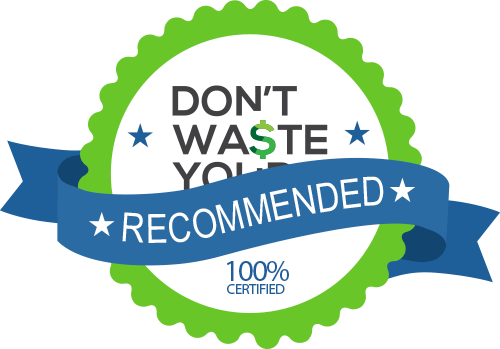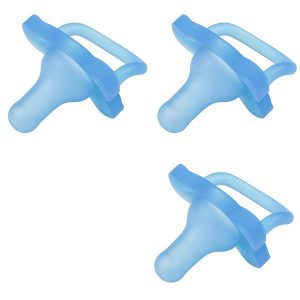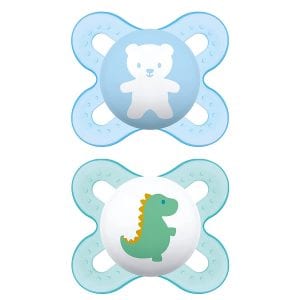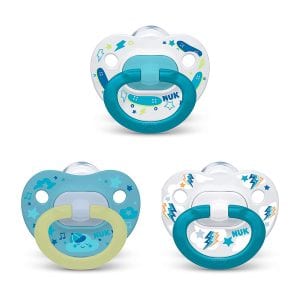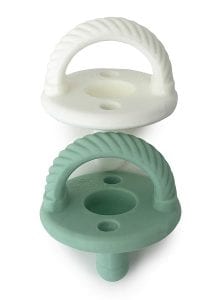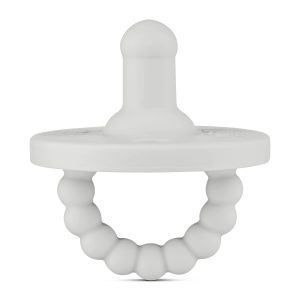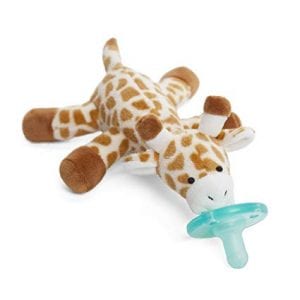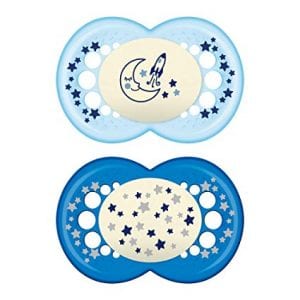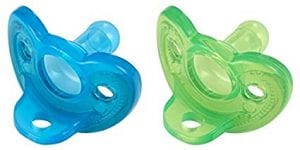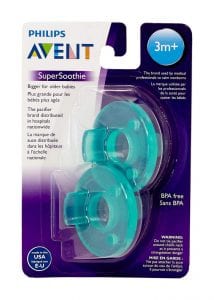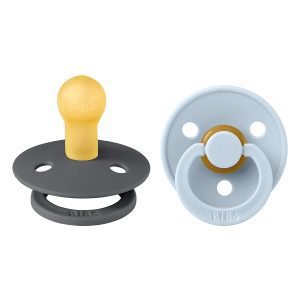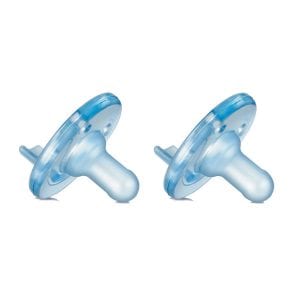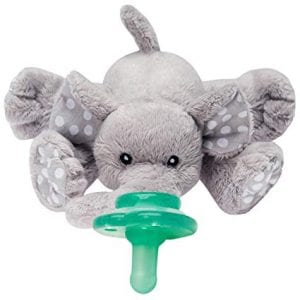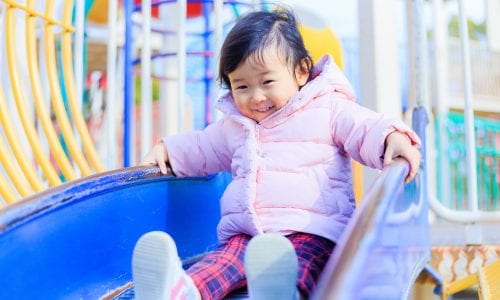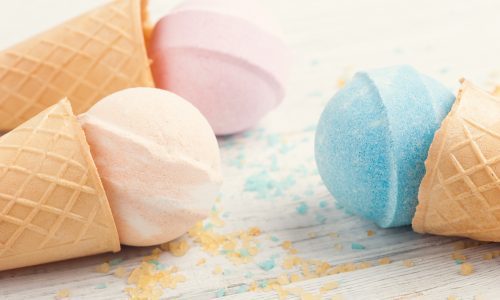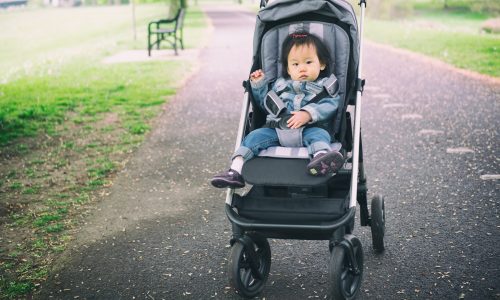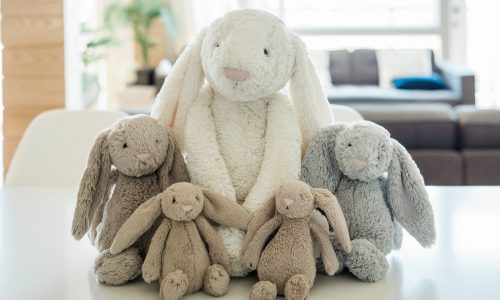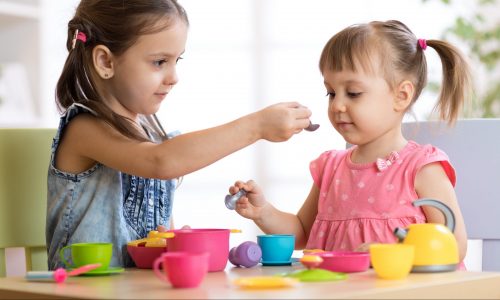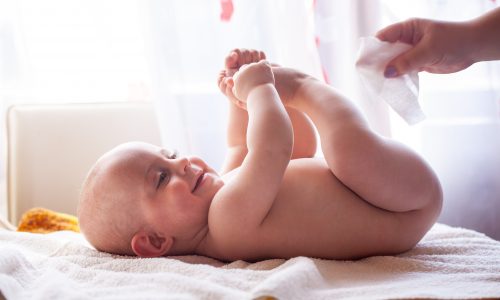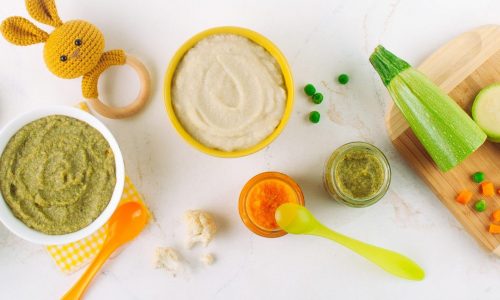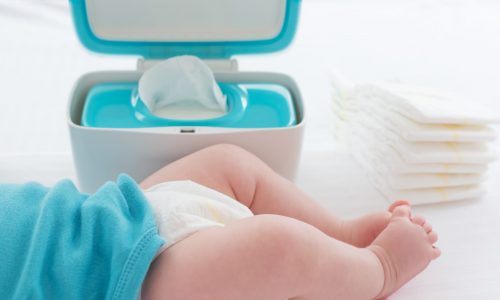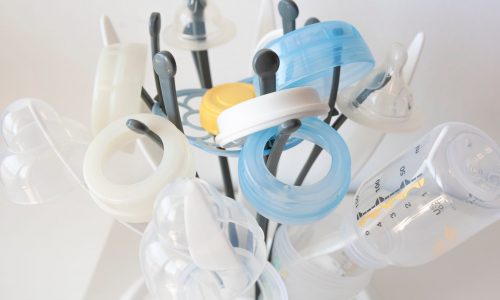The Best Pacifier
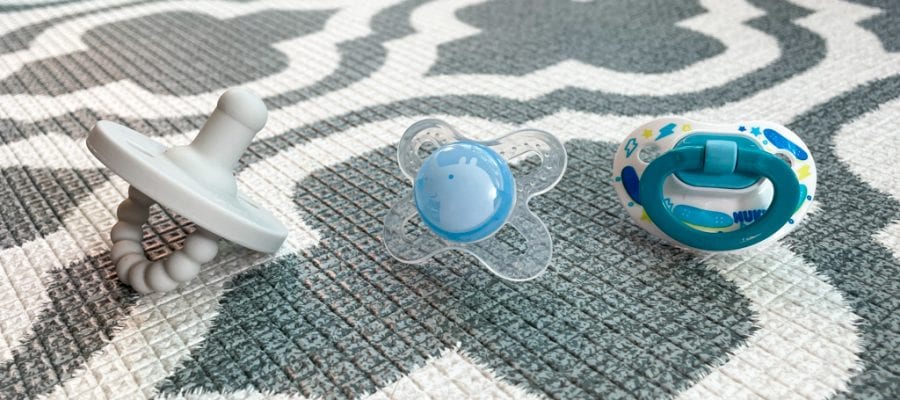
Our Review Process
Don't Waste Your Money is focused on helping you make the best purchasing decision. Our team of experts spends hundreds of hours analyzing, testing, and researching products so you don't have to. Learn more.
Our Picks For The Top Pacifiers
- 1. Philips Avent BPA-Free Silicone Avent Pacifier, 4-Pack
- 2. Dr. Brown’s Nipple-Shaped Lightweight Pacifier, 3-Pack
- 3. MAM BPA & BPS Free Newborn Pacifier, 2-Pack
- 4. NUK Silicone Natural Sucking Pacifier, 3-Pack
- 5. NANOBÉBÉ Phthalate-Free Soothing Pacifiers, 2-Pack
- 6. Dr. Brown’s HappyPaci Contoured Butterfly Pacifier
- 7. Itzy Ritzy Sweetie Venting Nipple-Shaped Pacifier, 2-Pack
- 8. Ryan & Rose Cutie PAT Teething Easy Clean Pacifier
- 9. RaZbaby RaZberry Textured Teether Pacifier
- 10. WubbaNub Plush Latex-Free Pacifier
- 11. MAM Night-Time Glow Easy Sterilize Pacifiers, 2-Pack
- 12. The First Years Lightweight 0-3 Month Pacifier, 2-Pack
- 13. Philips Avent BPA Free Soothie Pacifier, 2-Pack
- 14. BIBS Self-Soothe Rubber Latex Pacifier, 2-Pack
- 15. Philips Avent Orthodontic Dishwasher Safe Pacifier, 2-Pack
- 16. Nookums Paci-Plushies Lovey Replaceable Pacifier
Sooth your infant with one of the pacifiers in this set. They are constructed using hospital-grade silicone that is both BPA and latex-free. The pacifiers also feature a shape that complementary to baby's mouth. To sterilize the binkies, all you need to do is toss them in your dishwasher.
Best for InfantsThis set of pacifiers is designed for newborns age 0 to 3 months.
This pacifier set is specifically designed for use by breastfed babies who are between 0 and 6 months old. They are lightweight and made using just one piece of silicone, which is a much safer option. The pacifiers also feature a butterfly shape that naturally accommodates baby's nose and cheeks.
Safe OptionEach of the BPA-free pacifiers in this set are dishwasher safe.
Designed for newborns, this pacifier set has a symmetrical shape to reduce the need for adjustments. The nipples are made from a BPA-free silicone that is completely safe for baby. Holes are also strategically placed on the pacifier's shield to allow for proper airflow.
Self-Sterilizing CaseYou'll find this pacifier is available in blue, pink and white.
You'll get three pacifiers with this set for the same price as you'd pay for one in another brand. In addition to being affordable, these binkies are designed to prevent teeth misalignment. They have cute heart-shaped shields that are breathable that also happen to glow in the dark.
Budget-Friendly OptionThis pacifier is a great choice for babies age 6 to 18 months.
Buying Guide
Pacifiers, sometimes referred to as binkies or dummies, are a source of comfort for babies. Parents who choose to provide their infants and toddlers with a pacifier will want to do a little research before deciding which one is best.
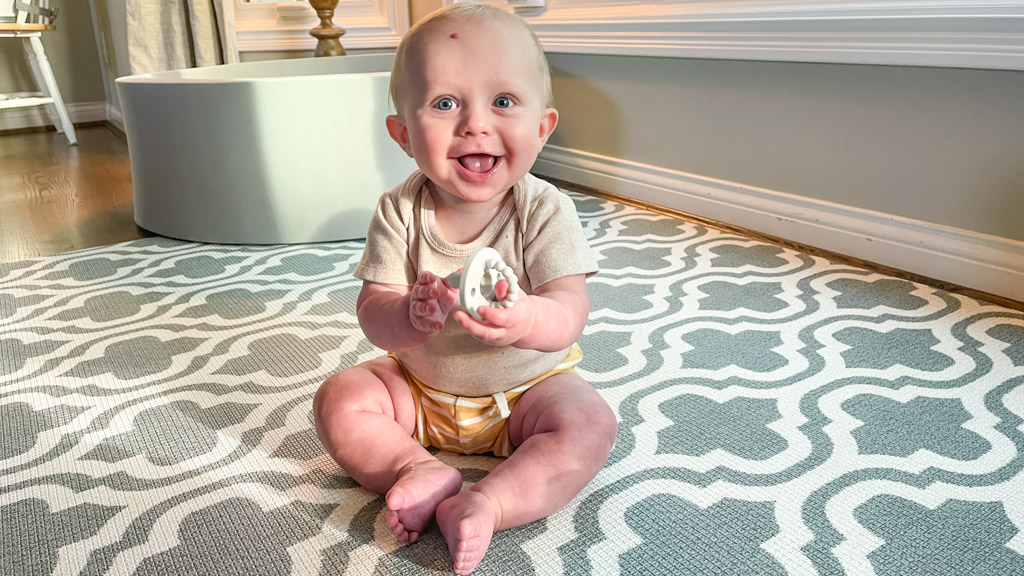
First, pacifiers are sold in several different sizes that are based on the age of the child. You’ll find them in newborn, 0 to 6 months, 6+ months, 12+ months and 18+ months.
Once you identify the binkies in your baby’s size, check the material that the product is made from. Most are made of silicone, but you also want to check the label to make sure there aren’t any toxic chemicals. Look for one that states that it is latex, BPA, PVC and phthalate-free.
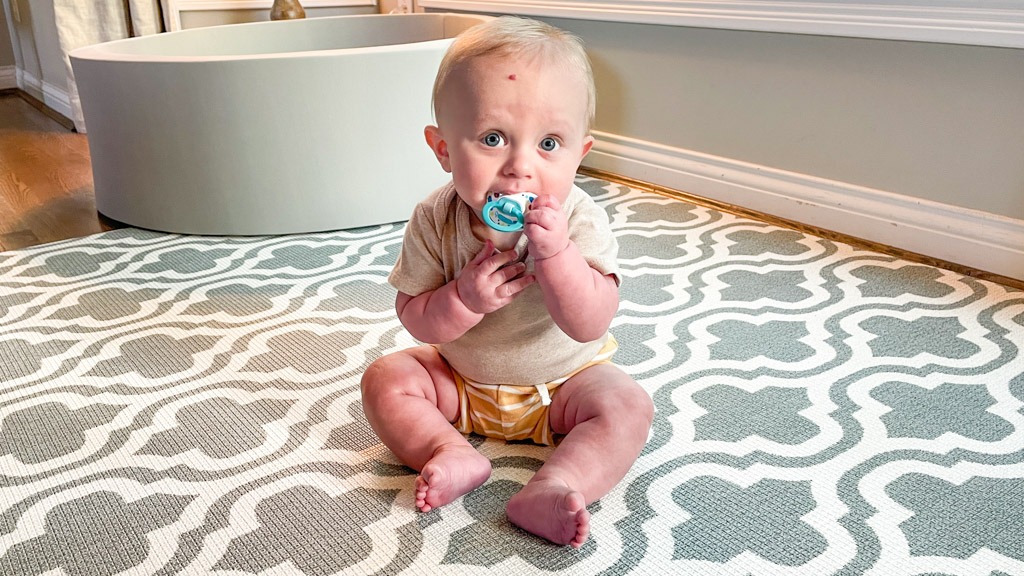
Next, examine the shape of the binky’s nipple and shield. Some pacifiers have a contoured butterfly-shaped shield that curves from nose and cheeks. Other pacifier models have nipples and shields that are the same no matter which way you turn them. That saves a parent from having to flip the binky if the baby puts the pacifier in her mouth upside down.
Check to see if the pacifier has any recommendations from specialists in the industry. For instance, you want the pacifier to be the pacifier of choice among U.S. hospitals and have a design that also adheres to the American Academy of Pediatrics guidelines for newborns.
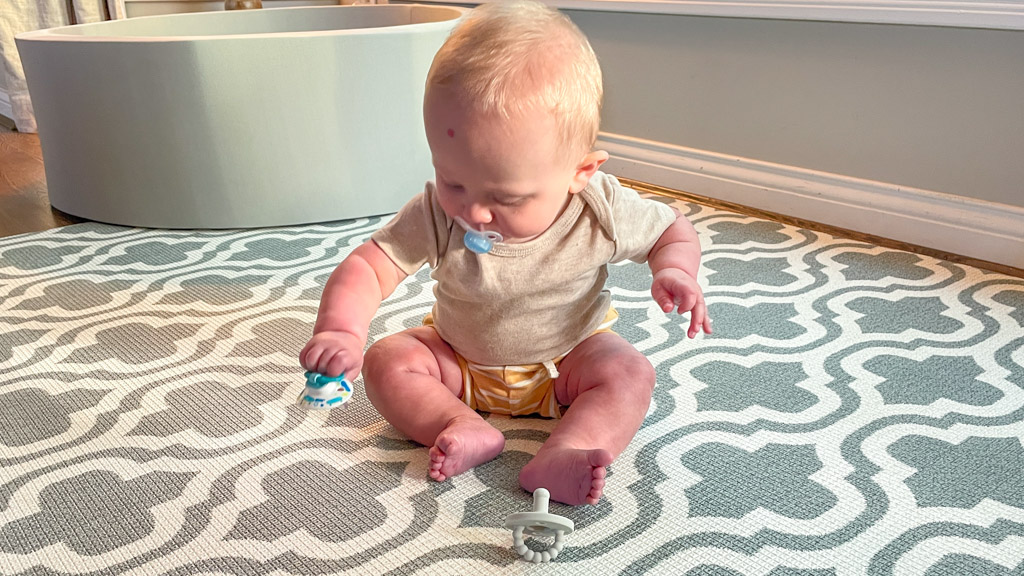
Finally, consider any extras that the pacifier may offer. Do the binkies come in a variety of colors or do they have fun animals or recognizable characters on the front of their shields? There are pacifiers that actually light up at night, which is helpful for parents in the event that the baby drops the binky. Parents don’t want to turn on the lights to hunt for the pacifier and risk waking up their sleeping baby.
What to Look For
- There are a few different ways to clean and sterilize your infant’s pacifier. You can soak it in a solution that contains 1/2 cup of water and 1/2 cup of vinegar. Another option is to boil a cup of water in the microwave or on the stovetop and let the binky soak in it for about 4 to 5 minutes. Always rinse the pacifier off after cleaning, and make sure it is back to room temperature before giving it to your little one.
- Giving your baby a pacifier during naps and at bedtime lowers the risk of sudden infant death syndrome (SIDS) by more than 50 percent.
- Many toddlers give up pacifiers on their own between the ages of two and four. Since the risk of developing dental problems increases in older children who use binkies, this is a good time to start helping your child wean from the pacifier if he or she has a hard time giving it up on their own.
- Always check pacifiers for wear, as they tend to last just a few months before becoming torn or scratched. If the pacifier isn’t made using a one-piece construction, the nipple may even detach. Once the nipples become worn enough to break off, it poses a choking risk to your baby. It’s best to toss the pacifier and purchase a new one.
- When comparing pacifier prices, you’ll need to look at how many pacifiers are in each pack.
More to Explore
Since pacifiers were first mentioned in a German book called “A Guide on Young Children” back in 1473, they have undergone a number of changes. They evolved from sugar or poppy seeds wrapped in a linen cloth to rubber nipples with shields made of bone or ivory. Today, pacifiers are made with either silicone or latex nipples and plastic shields. Some models also added a plastic ring to the shield.
Sears was the first company to sell pacifiers on a large scale out of its 1902 catalog. Now, parents can purchase pacifiers at any grocery store, department store, pharmacy, baby retailer or through a host of online outlets.
